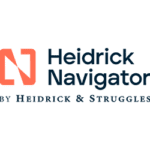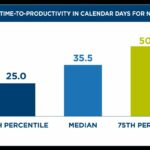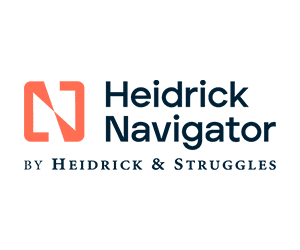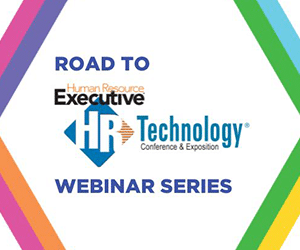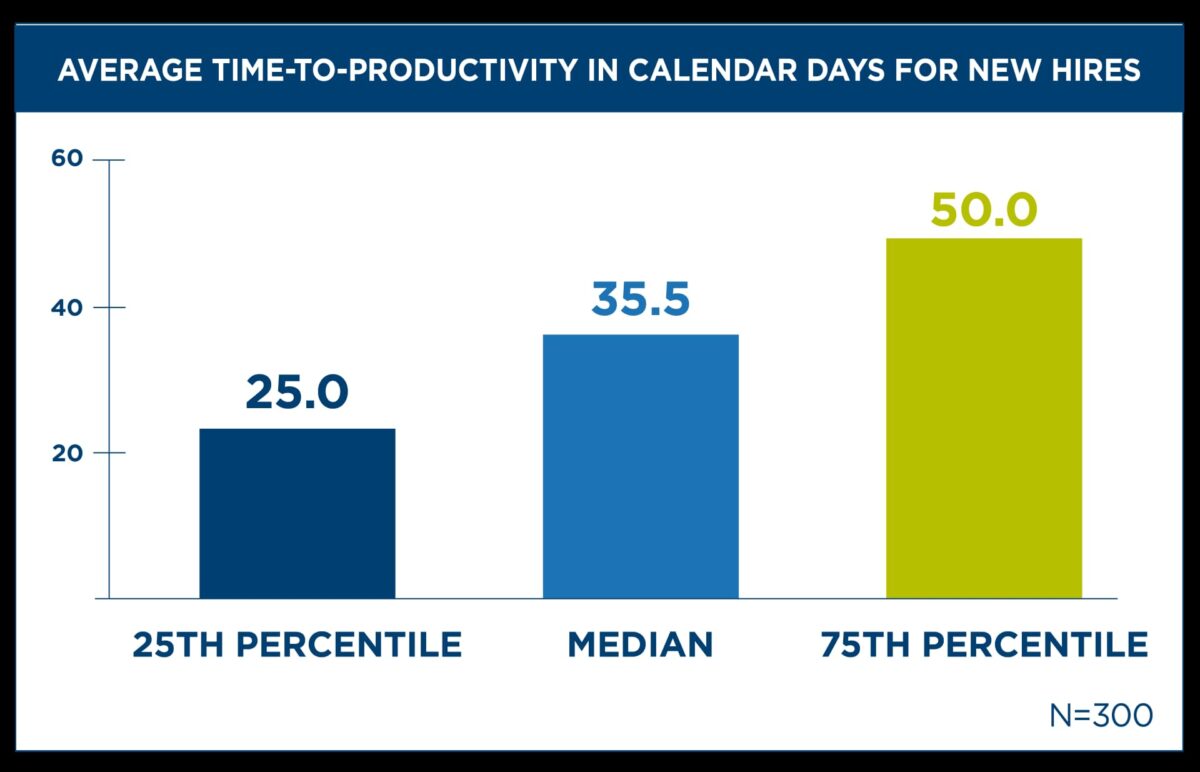
The traditional model of managing employees based on physical presence in the office has undergone a seismic shift with the rise of hybrid work.
While return-to-office mandates are a highly visible trend in the public and private sector in recent months, the reality is that many jobs still offer a significant degree of flexibility or home-working options.
This matches the expectation of employees who increasingly expect hybrid or remote working arrangements as a standard benefit or feature of employment, with many ready to move jobs to get it.
Even without explicit company policies, the right to request flexible work arrangements from day one in a job is now embedded in new rights for UK workers.
For employers who want to hire into hard-to-recruit positions, manage salary costs and retain their best people, hybrid or flex will be at the heart of the employee value proposition.
A better balance in the hybrid model
Despite the benefits, there is more work to be done for this new working model to fully deliver benefits to both employer and employee.
For many employees, moving away from a nine-to-five office working day has come with an increase in overall working time. The blurred boundary between home and work has also led to the normalisation of being always-on and never disconnecting from work.
Employers may find a more autonomous and output-focused workforce appealing but if that comes at a cost of overwork, diminished employee wellbeing or burn-out, it is less welcome.
Additionally, overwork or virtual-presenteeism – where employees give the appearance of working by sending emails out of hours – can also distort the way organisations understand productivity and capacity.
Finally, there is the simple task of ensuring that flex or hybrid policies are being applied fairly among the workforce by managers and use appropriately by employees.
Understanding the value of time
While professional service firms and organisations with blue-collar workers will typically use time and attendance platforms to plan and track working time, in a world of hybrid working, there are few organisations who would not benefit from introducing such tools which bring greater clarity and transparency to the working patterns of white-collar teams.
While the logic of a more forensic approach to productivity and working time speaks for itself, the biggest barrier to using these tools can come from employees who fear that they represent a one-way street where their working habits are placed under the microscope for the benefit of the organisation.
Tools for performance
It’s therefore critical that organisations position time and attendance tools as a way of ensuring that both employer and employee get the most out of hybrid and flex. The starting point for this is in ensuring employees understand the big picture around the value it can bring to the business and to teams.
A detailed understanding of team capacity and workflows is key to ensuring enough people are there to do the job and that people can work flexibly in harmony with the needs of the business. For individuals, time and attendance tools give employees the data and tools to show how long tasks and projects take so they can have better conversations with their managers about future workload and capacity.
Data for employee wellbeing
At a time where health and wellbeing is cited as a top focus for HR teams, seeing data on sick leave, working patterns, untaken leave and evidence of overwork from across the organisation provides important insight into areas of current or future concern. This data can be used to develop new strategies to address these issues.
Building organisations for the future
For HR teams, time tracking data coupled with manager and employee feedback can help inform current and future job design that promote flexibility and autonomy.
By understanding how tasks are currently performed and the time they take, organizations can explore ways to restructure jobs to allow for more asynchronous work and flexible scheduling.
This can create a work environment that caters to diverse work styles and fosters a better work-life balance for employees.
Better workforce strategy
Hybrid working is just one of many disruptions facing employers today, As the workforce landscape evolves with the introduction of AI tools and automation, the ability to adapt, increase productivity and preserve employee wellbeing and performance will be critical.
No organisation can achieve that without data to inform workforce strategy, job design and people management.
Simon Garrity is the UK Country Manager for Protime, www.protime.eu. Download our guide “To Measure is to Know” to find how workforce management technology can help manage and improve the performance of your people which is available here
